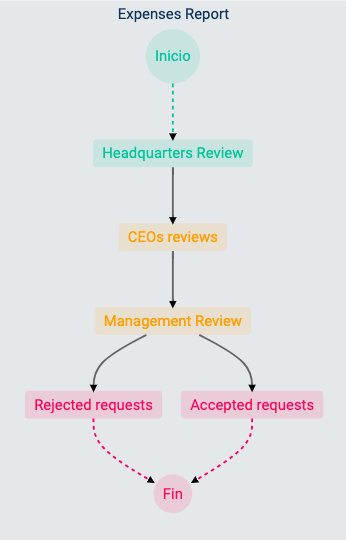Admin Basics
Esta página aún no se encuentra traducida al español.

Brief introduction to Cotalker concepts for admins.
Users
Cotalker users will find themselves with different data models.
An example of these data models is the user – the basic unit of a company – which can:
- Be assigned an access role which defines what information a user can read or edit.
- Interact through channels using surveys or message other users in a particular in a group.
- Participate in a company process modeled by a workflow guided by a task. For example, a workflow can be the rendering of expenses. Users can send a request through the groups panel to create a task. The task is then sent to each of the bosses – through the use of surveys – for their approval. Each created task will have its own unique channel, where the respective responses of the people involved will be found.
Workflows
A workflow requires the creation of a state machine to configure the process. It is built upon relations (represented by arrows) and states (represented by nodes), as you can see in the following image:

Automations
Furthermore, it is important to know that:
- Creating a routine is necessary for the state machine to perform any action, such as changing from one state to another, sending an email, or sending a standard message to a channel.
- A customized bot corresponds to the model that executes a routine to start a state machine or a standard activity in a company.
- Finally, the scheduler works to execute a routine periodically in the company. For example: sending the pending task of the week every Monday.
Elements are a state machine's basic unit because they determine the states a state machine can have. Each element corresponds to a unit derived from a collection. Following the example above, the elements of the state machine (Headquarters Review, CEOs reviews, Management Review, Rejected Requests, and Accepted Requests) belong to the same collection ("Expenses Report").
Elements can also be used with different data models (surveys, channels, users, and others). The concepts used in each model are specified accordingly in the documentation.